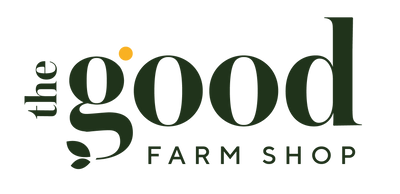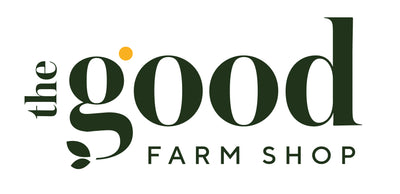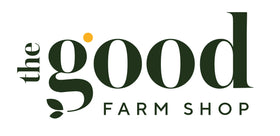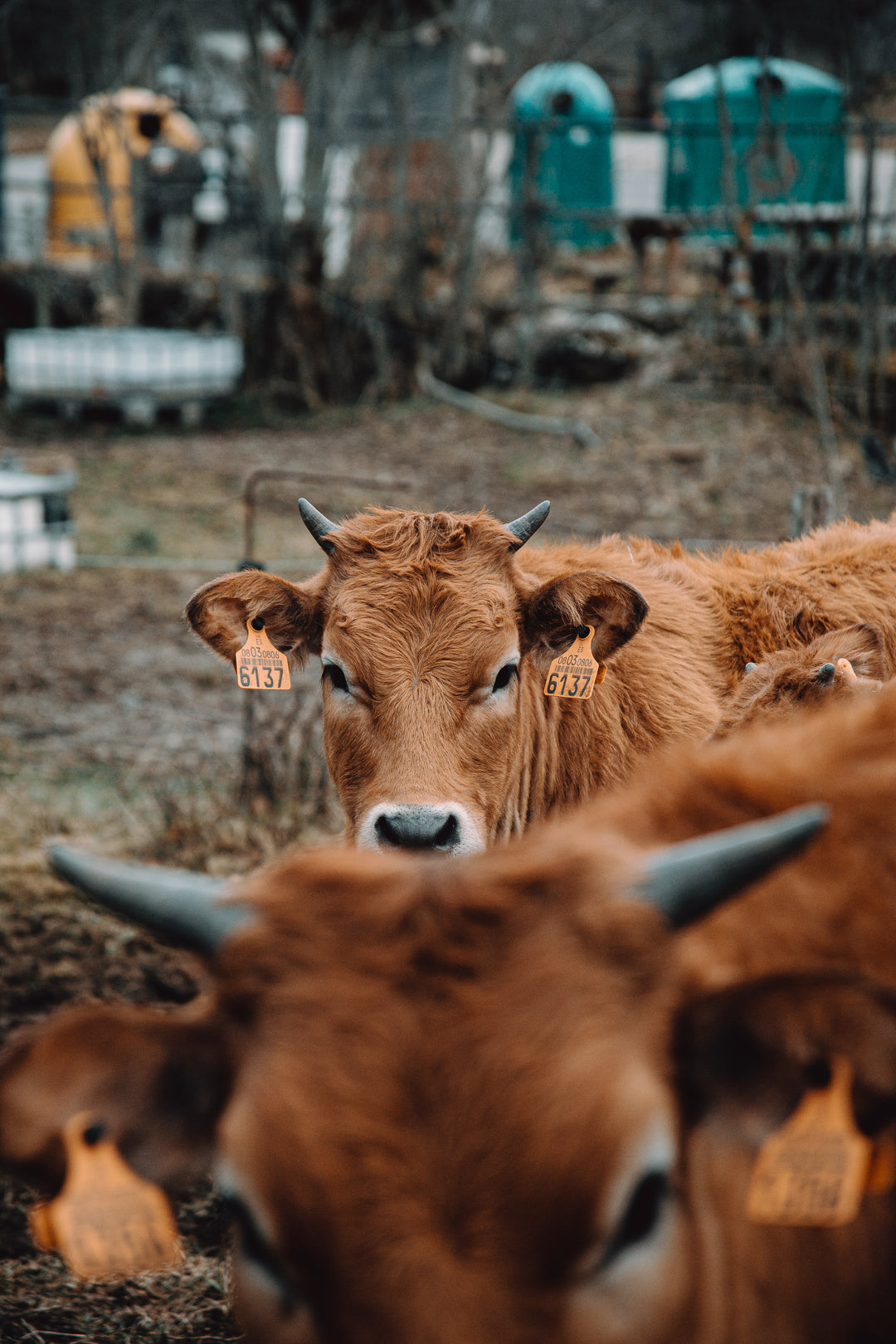It is estimated that up to 50% of Australian beef is finished on grain. With the remaining 50% being finished on grass.
What does mean?
Cattle finished on grain simply means their final days/weeks are spent in certified feedlots. The time spent in feedlots can vary depending on breed and desired outcomes in relation to the finished product (marbling and fat coverage). Time spent in feedlots can range from 35 days to 400 days (typically 50-120 days). The animals in feedlots are (unsurprisingly) fed grains typically a mixture of wheat, barley, sorghum, lupin and millet but not limited to these. Their feed and hydration is monitored in order to achieve an optimal weight for market, in the most efficient time.
The benefit to this practice is centred on controlling the feeding process and ultimately the weight-gain process of the animal. Feedlots mitigate the variables that exist in nature that could potentially thwart when the animal gets to optimal weight. Often are a number of steps addressed prior to leaving the paddock in a process called 'back-grounding' which ultimately helps their transition from paddock to feedlots. Elements considers are the social hierarchy of the beast and the shift in their diet. Back-grounding is often a time when cattle are vaccinated against the increased risk of bacterial cross-contamination in the feedlot environment. The inability for the beast to move freely together with the lack of vegetation under hoof means that the faeces and urine are now potential hazards rather than an asset as seen in the regenerative model.
During induction the identification, weighing and vaccinations are carried out as well as drenching and tipping of horns if required. Some feedlots will use a hormone growth promotant depending upon company policy and market specifications.
The tighter control on variables means that grain-fed cattle are generally more consistent in supply, as well as more consistent with their marbling, fat coverage, weight and quantity of cuts. This is good news for most consumers who are accustomed to a particular look, taste and feel of their beef, both domestically and internationally.
This system seems to be driven by specific market expectations and therefore highly commoditises the animal.
What of the animals which are finished on grass?
Well, they simply finish their lives in paddocks eating grass (grass-finished). The downside to this system is the producers are largely at the mercy of the elements and nature. Producers have to contend with fluctuations in feed seasonally and also due to extreme weather.
But this is where the magic lives!
Grass-finished livestock if managed holistically, can still achieve sufficient weight gain, competing with their feedlot comrades - although this may take longer. This increased time in the paddock is not wasted time, it's precious time. The more time cattle are mowing and moving, the more carbon sequestration is occurring.
The more carbon is being pulled out of our atmosphere.
Vegetation in a 'growing' state pulls carbon out of the atmosphere through photosynthesis and turns this into sugars providing nutrients for the plant. It also donates some of these nutrients (carbon) to the soil and to the mycelium (the intricate organic subterranean network) essentially locking into the ground for an indefinite period of time. Furthermore, a carbon-rich soil has the ability to hold more water - crucial for an arid continent as Australia. This sequestration process is the lynchpin behind regenerative agriculture. It aids to replenish the soils with nutrients, promoting the growth and diversity of micro-organisms. Micro-biodiversity and nutrients in soil can yield nutrient-rich plants and consequently benefit the animals that eat them and the animals that eat them too.
We are what we eat eats too, as Michael Pollen stated in 2015.
As for consumer expectations, grass-finished beef has some differences - chiefly the fat is yellow versus white (grain-finished) due to the extra beta carotene the beast has consumed in paddocks. The meat is 'gamier' or 'beefier' with a richer flavour and typically less intra-muscular fat (marbling) and fat coverage. Let's not forget that grains are a fat-inducing cocktail, (this is seen in the human population too) so little wonder for the presence of marbling, as well as the simple fact the beast is not exercising as much during its time in a feedlot. Grass-finished beef can look a deeper red and can yield less meat breed for breed but this where the consumer plays an important role.
If Joe Blow was to shift his/her expectations as to what their beef looked, felt and tasted like we can begin to move towards a better 'end of life' journey for cattle.
It appears to me that livestock in a feedlot experience are part of a highly commoditised system and one which severs the connection between animal and nature.
It also appears to me cattle managed holistically and left on paddocks are a part of nature and a natural cycle, and rather than being part of the problem are part of the solution to our climate crisis. The cow is the 'tool' to improve the health of our soil, on the micro level, and potentially alleviate the climate crisis on the macro scale.
Given that most of our homegrown beef ends up in international markets (USA, UK, JAPAN, CHINA etc) it'll take more than a shift of expectations by Joe Blow, it'll be a global shift. This won't occur overnight or in my lifetime, feedlots are here to stay, for now. But what I do forecast occurring in my lifetime is the intrigue/curiosity in regenerative farming heating up in Australia ultimately influencing producers to learn into more holistic land and cattle management.
The result of this is improved animal welfare (more natural paddock time) increased carbon sequestration and better soil ecology.









Leave a comment